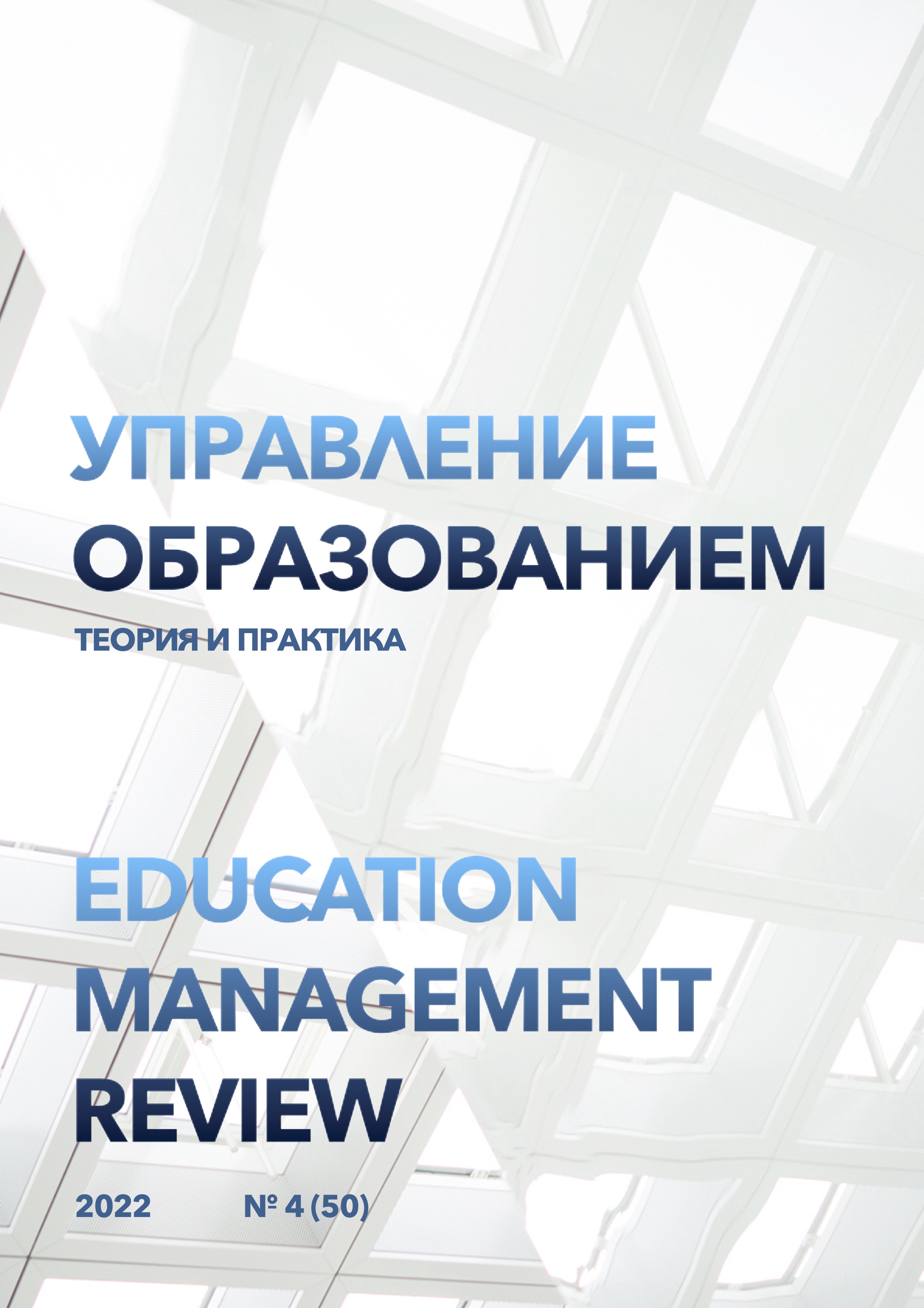Determination of the possibility of regional development of cultural and economic community
DOI:
https://doi.org/10.25726/v8341-7427-9969-uKeywords:
culture, economy, region, development, opportunityAbstract
As already noted, the economic culture of the individual is the result of the process of socialization, in which the normative image of the "economic person" performs a deterministic function. In this regard, the study of the regulatory features of the image of the "economic man" becomes relevant. One of the forms of the human psyche in which the inner world and its environment subjectively exist for it is a variety of figurative phenomena. We can talk about a whole class of mental phenomena that are experienced by a person both in the presence of a directly acting stimulus and in the absence of it (secondary images). It is impossible to name any side of human life activity, no matter where "imagery" functions. A. Gostev speaks about the figurative sphere of personality as the most important component of its inner world. The figurative sphere of a person is understood by him as a "multidimensional, multilevel dynamic subsystem of the psyche, "images-elements " of which perform specific functions in the mental reflection in accordance with actual life circumstances. The figurative sphere takes part in its continuous, ideal interaction with the surrounding reality, the content of the inner world, the unconscious psychic, expressing the content of such interactions in an appropriate form.» Psychology traditionally emphasizes the importance of figurative phenomena in the process of cognition, work, communication, in scientific and artistic creativity. Images preserve and actualize a person's experience, which is especially important in her purposeful activity, self-knowledge and self-regulation. Images help to imagine the inner world of other people. The importance of studying internal figurative experience can be seen in psychocorrective practice
References
Bahna, M. (2018). Study choices and returns of international students: On the role of cultural and economic capital of the family. Population, Space and Place, 24(2). https://doi.org/10.1002/psp.2082
Crowson, H. M. (2009). Are all conservatives alike? A study of the psychological correlates of cultural and economic conservatism. Journal of Psychology: Interdisciplinary and Applied, 143(5), 449–463. https://doi.org/10.3200/JRL.143.5.449-463
Devesa, M., Báez, A., Figueroa, V., & Herrero, L. C. (2012). Economic and social impacts of cultural festivals. The case study of the Valdivia International Film Festival [Repercusiones económicas y sociales de los festivales culturales: El caso del Festival Internacional de Cine de Valdivia]. Eure, 38(115), 95– 115. https://doi.org/10.4067/S0250-71612012000300005
Gaur, S. S., & Chapnerkar, M. (2015). Indian festivals: The contribution they make to cultural and economic wellbeing a case study of Ganapati festival. Worldwide Hospitality and Tourism Themes, 7(4), 367–376. https://doi.org/10.1108/WHATT-03-2015-0017
Gaygısız, Ü., Lajunen, T., & Gaygısız, E. (2017). Socio-economic factors, cultural values, national personality and antibiotics use: A cross-cultural study among European countries. Journal of Infection and Public Health, 10(6), 755–760. https://doi.org/10.1016/j.jiph.2016.11.011
Gomez-Lumbreras, A., Ferrer, P., Ballarín, E., Sabaté, M., Vidal, X., Andretta, M., … Ibáñez, L. (2019). Study of antidepressant use in 5 European settings. Could economic, sociodemographic and cultural determinants be related to their use? Journal of Affective Disorders, 249, 278–285. https://doi.org/10.1016/j.jad.2019.01.039
Shek, D. T. L. (2005). A longitudinal study of Chinese cultural beliefs about adversity, psychological well-being, delinquency and substance abuse in Chinese adolescents with economic disadvantage. Social Indicators Research, 71(1), 385–409. https://doi.org/10.1007/s11205-004-8029-8




